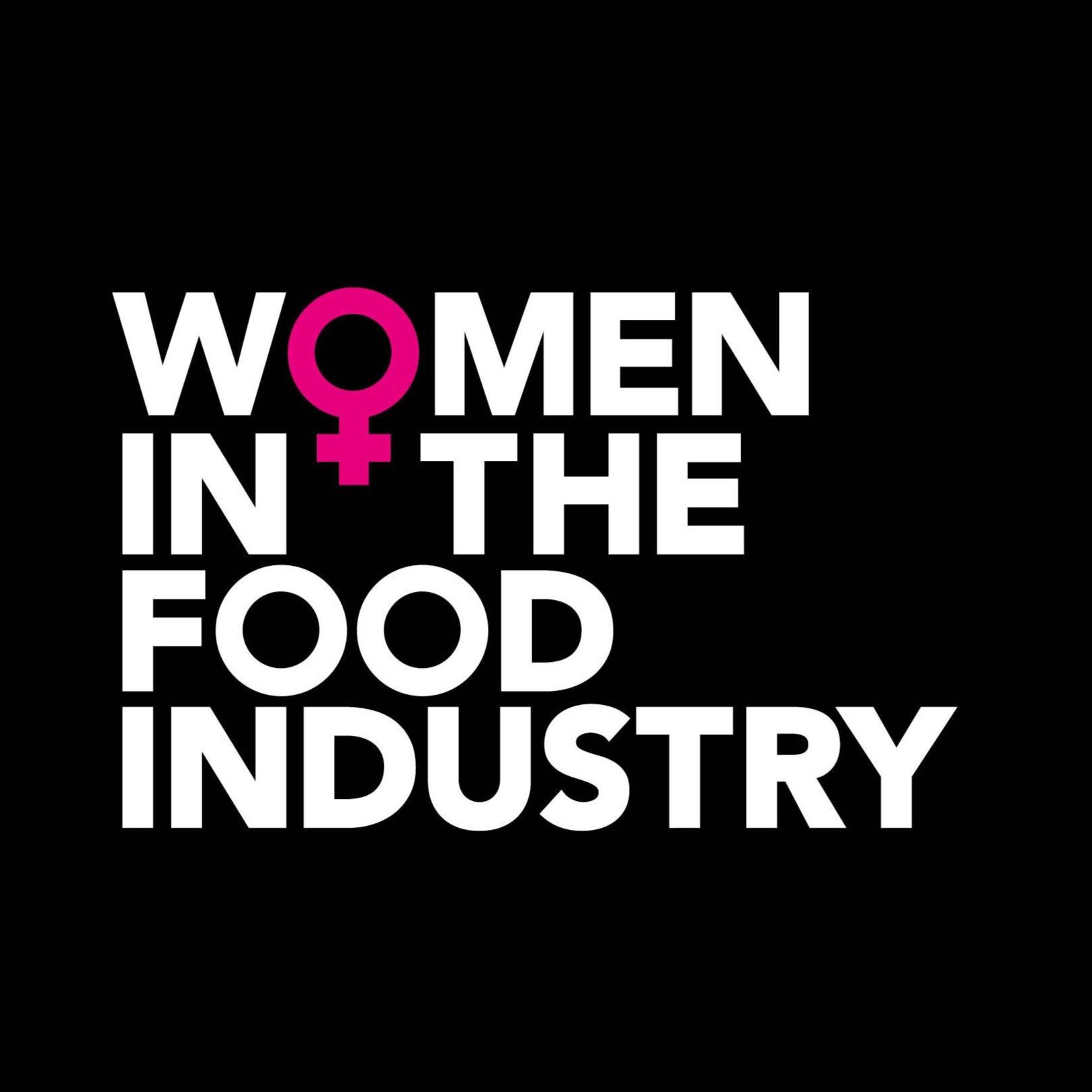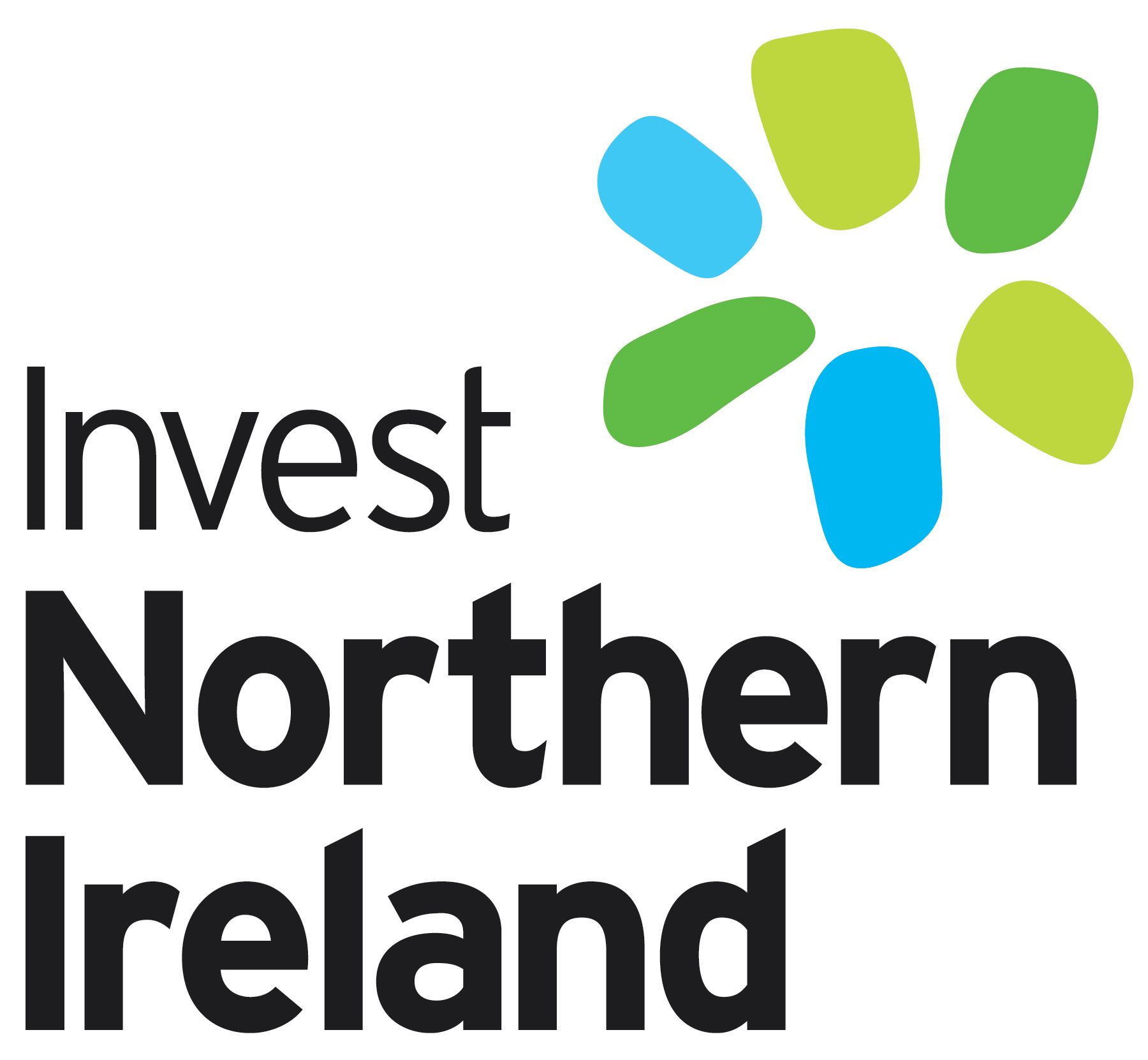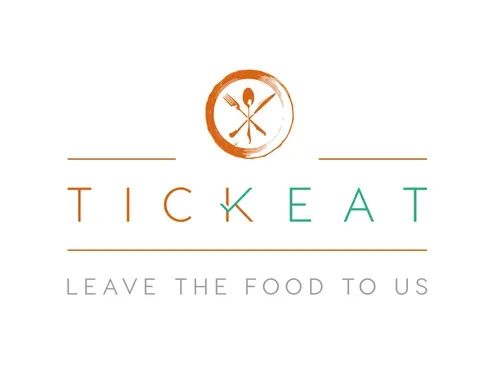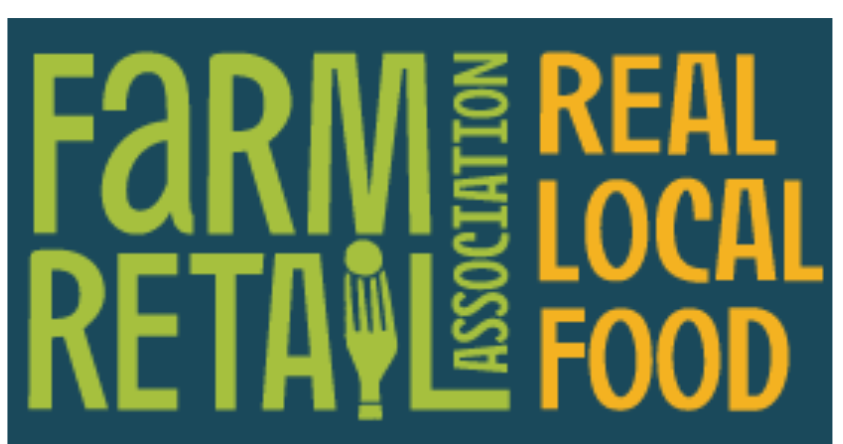2022 Forecast For Food Developers
)
2020 represented a record year for start-ups - in the UK alone, the number of new businesses registered over the second half of 2020 soared, fuelled by employees taking advantage of the furlough scheme which afforded them the time to progress their aspirations of entrepreneurial success. According to a roundtable discussion hosted by the Great British Entrepreneur Awards, there is growing evidence that the food and drink industry in particular was responsible for a sizeable chunk of the boom in start-ups.
But are there any signs of a slow-down? Personally, I think we have only seen the first of a major raft of new products that were dreamt up out of necessity during the recent lockdowns.
In addition to launches which represent some real blue sky thinking, we are also beginning to notice a tsunami of me-too variations on an existing theme. A classic example of this is within the plant-based milk sector, basically if you squeeze it to create a white liquid, then launch a plant milk!
However, I suspect there will be an inevitable slowing down caused by logistical supply chain issues beginning to take hold and of course the ongoing threat of further lockdowns because of new variants such as Omicron. This is bound to dampen enthusiasm and – with no sign of any new furlough scheme support - cash reserves for such projects will be diminished.
Sectors earmarked for growth
The meteoric rise in interest in plant-based protein foods is likely to continue with major players driving this growth through technological innovations, many of which are beyond the reach of the average small start-up. What will be interesting to monitor is the potential for innovative smaller operations lacking massive investment support, to start bringing cleaner and simpler options to market – options that are more environmentally friendly since they represent reduced processing and extraction processes.
Vegan food and drink options will retain their popularity, but with plant-based branding rather than vegan label attracting favour. The more that people become aware of the calorific cost of meat production versus the calorific intake when eating the meat produced, the more we will start to accept plant-based diets generally rather than as part of a specific dietary fad.
Nutritional hydration, i.e., where drinks represent more than just hydration but also deliver nutritional input with the calories derived from stable, sustainable plants, are poised to symbolise a significant growth sector. There are a number of growth brands in the meal replacement space (e.g., Huel) and these are progressing towards convenient ready-to-eat formats. Thermal processing of this type of drink product delivers an effective means to reduce the carbon footprint by removing any need for a chill chain, but this type of processing also helps to enhance the flavour profiles in plant-based foods, contributing more of the umami note usually associated with meats.
Factors influencing product launches
Energy cost rises are a significant issue for many brands, especially those who are first starting out in business. The first bill associated with working out of a commercial unit is a dramatic departure from the low costs associated with working from home whilst developing an initial concept.
Logistics and supply chain issues are playing havoc with both new and existing food and drink operations and despite government assurances that stocks are back to pre-Brexit levels, I for one am dubious that this is the case.
The ability to access specialist chilled and / or frozen food transport is a major problem, due to a variety of reasons including the HGV driver shortage, extension of the low emission zone around Heathrow triggering fewer continental vehicles in the UK, border control post chaos and the inability to access new trucks to name but a few. The result is reduced availability and increased freight costs. Another reason, wherever possible, to focus on ambient stable products in 2022.
Food manufacturers need to be aware of the increasing pressure to pay for or take direct responsibility for any product packaging and associated waste disposal throughout the production lifecycle. Current research and development is homing in on the need for fully biodegradable pack types and there has already been a significant shift towards fully recyclable packs such as glass and metal even though much plastic is cited as being recyclable. It is looking like the Brits will just have to get used to having more tinned and jarred foods as per their USA and continental counterparts. New legislation which results in Extended Producer Responsibility is already in place or about to be proposed, which means that producers will have to foot more of the bill to ensure the safe disposal of any packaging materials.
Rising labour costs driven by the burden of higher minimum wages and inflationary measures such as currency weakness will contribute to an overall increase in production expenditure.
Popular technologies to extend shelf life
The desire for ‘cleaner label' products means that there is a growing need for different ways to extend shelf life. Freezing is an obvious choice, but this method is becoming more and more expensive and comes with its own set of issues around supply chain validation. Acidification of foods, albeit with naturally occurring materials such as lemon juice (ascorbic acid) will help extend shelf life especially when combined with UHT processes and aseptic fill where possible. Pasteurisation/sterilisation of products using heat is a very palatable solution, but this too can influence the organoleptics of the product. Such effects can be minimised if time is invested in developing the right processes with a thermal processing specialist, as opposed to just accepting the first solution from a co-packer.
Awareness of processes to extend shelf life
In our role as a specialist provider of thermal processing for new and existing businesses, The Food Incubator sees a tremendous disparity in terms of the understanding about shelf life, the factors that can affect it and the willingness to compromise from the ideal. It is not always possible to have a long shelf life without deviating or compromising from the perfect. Something has to give, and the skill lies in minimising that change. Product safety must come first and of course, the sooner shelf life is considered the earlier costly project variations can be ruled out. The good news is that there are now more experienced food science graduates around, which often results in an earlier acceptance of these issues when rolling out an NPD programme. However, the complexity of these matters, from how “dirty” a raw material is in terms of microbial loading, to the variability of the production process and how this may affect acidity batch to batch, are just some examples of the challenges facing food brands.
Stricter shelf life protocols
Whether driven by the multiples or the government something has to be done to clarify the confusion surrounding Best Before dates and Use By dates. Just getting two days extra life on a ready meal can change the wastage level from say 7-10% to ZERO. And does a yoghurt become deadly the moment the clock changes at midnight and therefore should be thrown away because the Use By date was two minutes ago? This is a tricky area but solving it will be a major aspect of winning - or at very least reducing - the battle against unnecessary food waste.
Advice for start-ups
Be honest!! Base your costings on the worst possible case scenario and then do all you can to better them. Face the harsh realities at the outset when you have the energy and optimism to overcome them. Do not set a nice positive rosy target that is impossible to achieve. If your friends and family are helping out in the business, factor them in to the labour budget from the outset. Work on the basis of the worst prices for utility charges and make allowance for a bigger than expected wastage percentage. Better to be pleasantly surprised at the start than be hit by massive bills once you have financial commitments, which eat into the cash reserves required to pay for any increased costs.
Tom Russell, MD of The Food Incubator













.png)
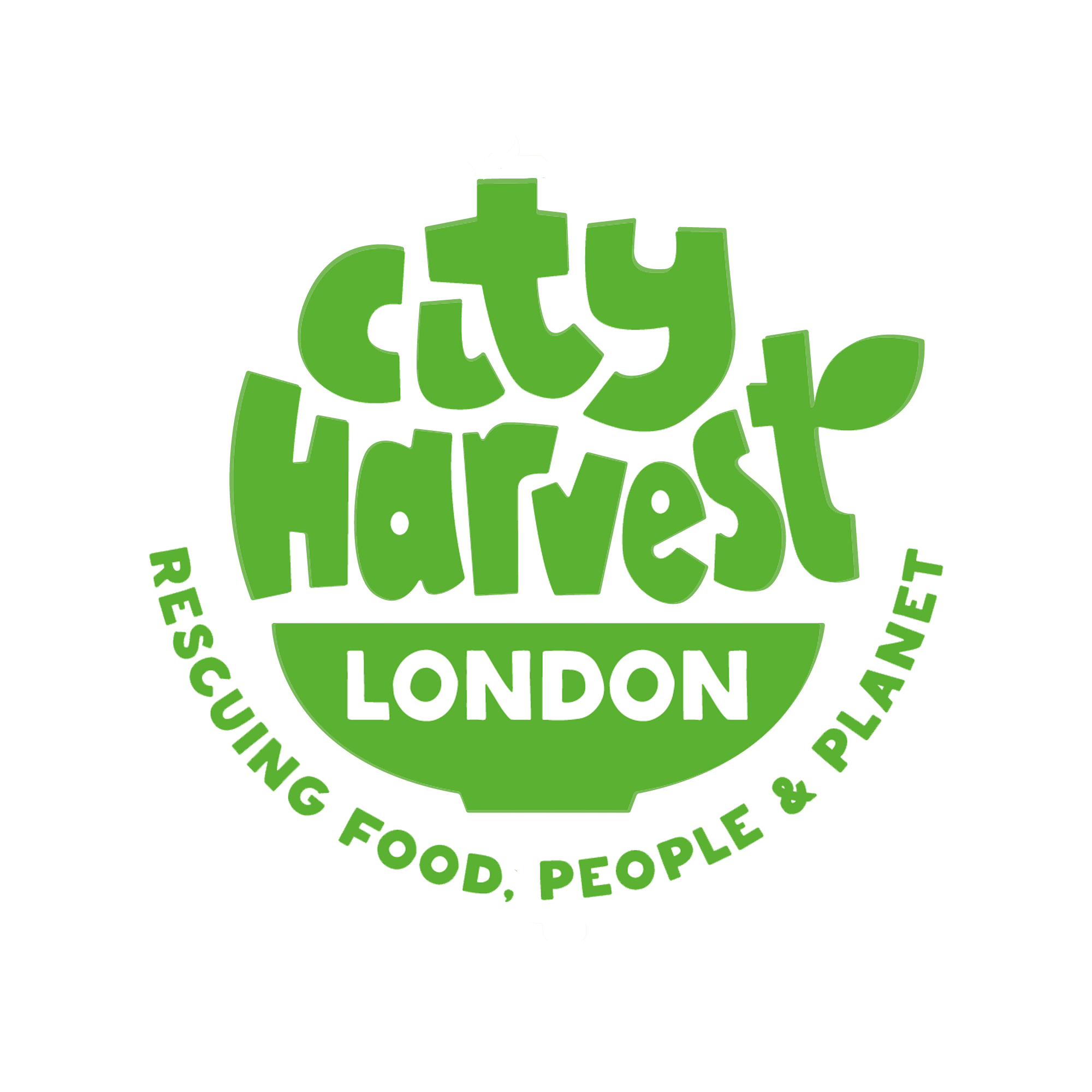


.png)


